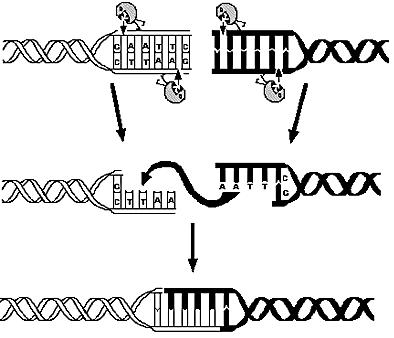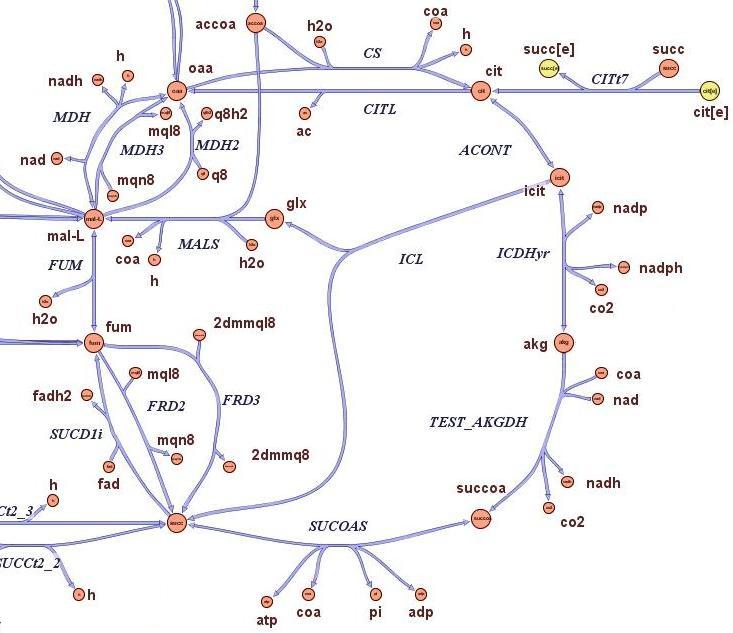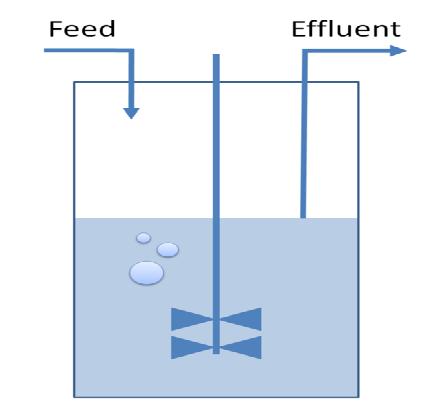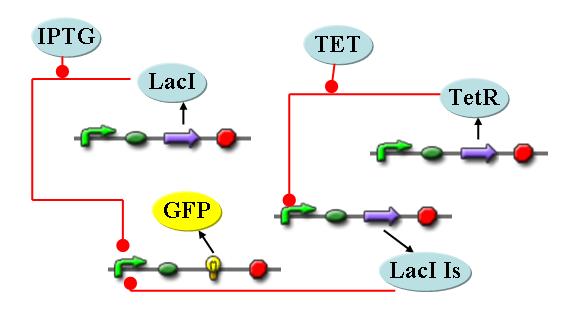Team:ETH Zurich/Modeling/Overview
From 2008.igem.org
(→Overview on the modelling framework) |
(→Overview on the modelling framework) |
||
| Line 28: | Line 28: | ||
* Which are the available restriction enzymes and cutting patterns? | * Which are the available restriction enzymes and cutting patterns? | ||
* How is the distribution of the genes in each fragment related to the frequency of cutting? | * How is the distribution of the genes in each fragment related to the frequency of cutting? | ||
| - | * Is it possible to identify a restriction enzyme that optimizes the probability of reduced genome | + | * Is it possible to identify a restriction enzyme that optimizes the probability of reduced genome that retains vital strains?<br><br> |
'''Method:'''<br> | '''Method:'''<br> | ||
E.Coli K12 genome was digested using 713 different restriction enzymes and, using annotation information, simple statistical analysis was applied on the calculated fragments. | E.Coli K12 genome was digested using 713 different restriction enzymes and, using annotation information, simple statistical analysis was applied on the calculated fragments. | ||
Revision as of 12:40, 29 October 2008
Overview on the modelling frameworkThis page is meant to give an introduction to the overall modelling framework we have constructed in order to assess feasibility analysis, temporal scale details and other parameter estimations with regard of our project setup. As introduced in the Project Overview section, four main components can be identified in the devised mechanism. Accordingly, we divided the modeling framework in four modules that tackle the relative problematics.
|
 "
"



